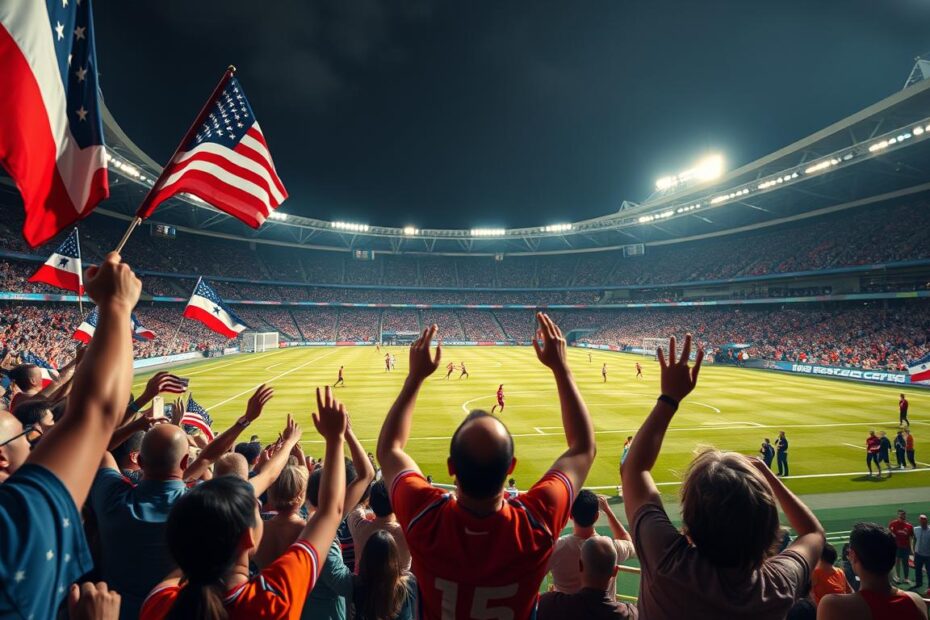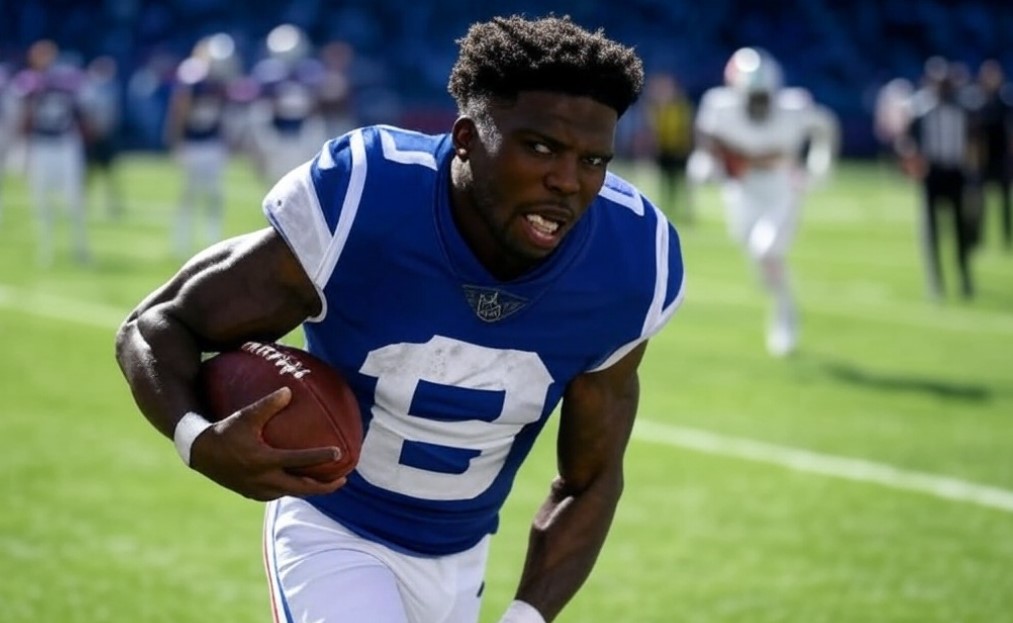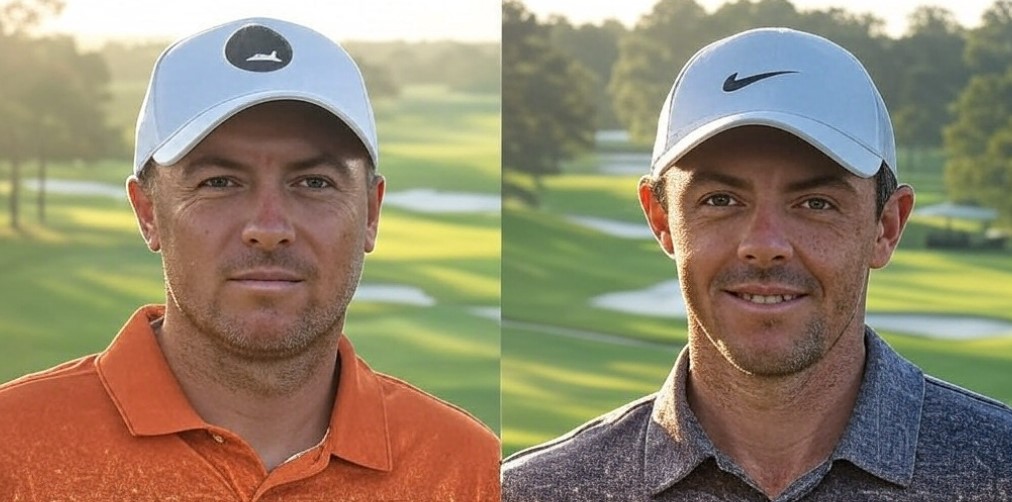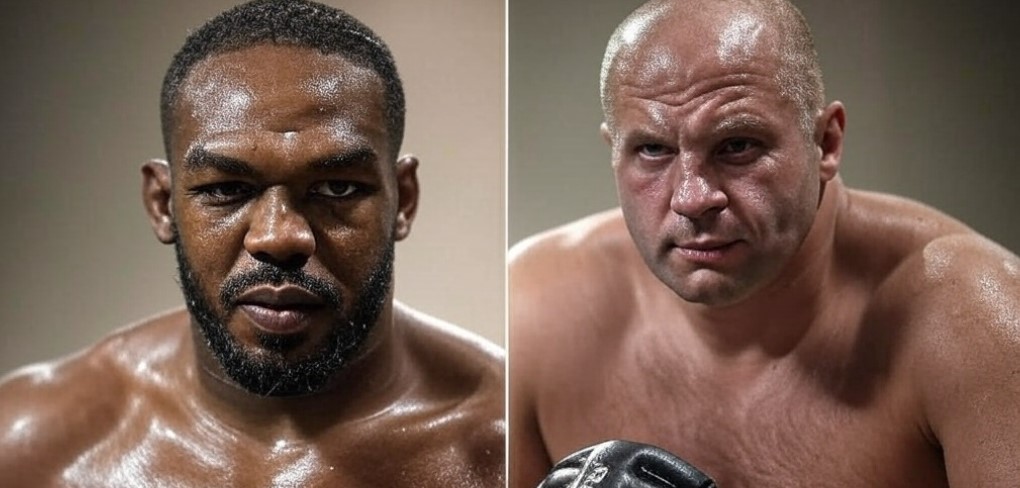The world of soccer is constantly evolving, and 2025 is no exception. This year, the sport is witnessing groundbreaking developments, from strategic decisions by top clubs to the rise of new talents. We’re here to provide you with a comprehensive look at the most impactful stories shaping the game today.
One of the most exciting updates is the USWNT’s pursuit of their sixth consecutive title in the SheBelieves Cup. With rising stars like Ally Sentnor, named the 2024 U.S. Soccer Young Female Player of the Year, the team is poised for success. Meanwhile, the USMNT is narrowing down its roster from 60 players to 23, making tough decisions for upcoming competitions1.
On the club front, the NWSL is gearing up for its new campaign, set to begin on March 14, 2025. Teams like Seattle Reign and Houston Dash are looking to bounce back from challenging seasons, while legends like Marta continue to shine with Orlando Pride2. These stories highlight the dynamic nature of the sport and its ability to inspire fans worldwide.
Our insights are built on data from reputable teams and industry experts, ensuring you receive accurate and up-to-date information. Whether you’re a scholar or a fan, this article is your go-to resource for understanding the future of soccer. For more in-depth coverage, visit our about us page.
Key Takeaways
- The USWNT is aiming for their sixth SheBelieves Cup title.
- The USMNT is finalizing its roster from 60 players to 23.
- The NWSL’s new campaign begins on March 14, 2025.
- Ally Sentnor is a rising star in the USWNT.
- Marta continues to excel with Orlando Pride.
US Soccer Landscape in 2025
Cultural and structural shifts are reshaping the way fans engage with the sport. The game is evolving, driven by new fan experiences and deeper community involvement. Clubs like Columbus Crew and Philadelphia Union are at the forefront, adapting to modern trends and setting new standards for fan interaction3.
Innovative league developments are also playing a crucial role. Partnerships and infrastructure improvements are transforming the way teams operate. For instance, the MLS is entering its 30th season in 2025, marking a significant milestone in its history3. These changes are not just about the game itself but also about creating a sustainable and engaging environment for fans.
One of the most notable advancements is the National Training Center, set to open in 2026. This state-of-the-art facility will serve as a hub for player development and community programs, further solidifying the sport’s growth in the region4. Such initiatives highlight the commitment to nurturing talent and fostering a love for the game at all levels.
Fan engagement is also reaching new heights. The partnership between U.S. Soccer and Westwood One Sports aims to enhance audio coverage, bringing fans closer to the action through exclusive broadcasts and podcasts. This collaboration is a testament to the sport’s expanding reach and influence4.
As the sport continues to grow, these cultural and structural changes are shaping a brighter future. From community programs to league innovations, the landscape is becoming more dynamic and inclusive. For more insights into these developments, visit our partnership details.
Latest US soccer news 2025: Emerging Trends in Team Strategies
Strategic shifts are redefining how teams approach the game in 2025. Financial challenges and expansion plans are reshaping the landscape, forcing clubs to rethink their strategies. The introduction of a second Division 1 league by the USL is a game-changer, creating new opportunities and competition5.
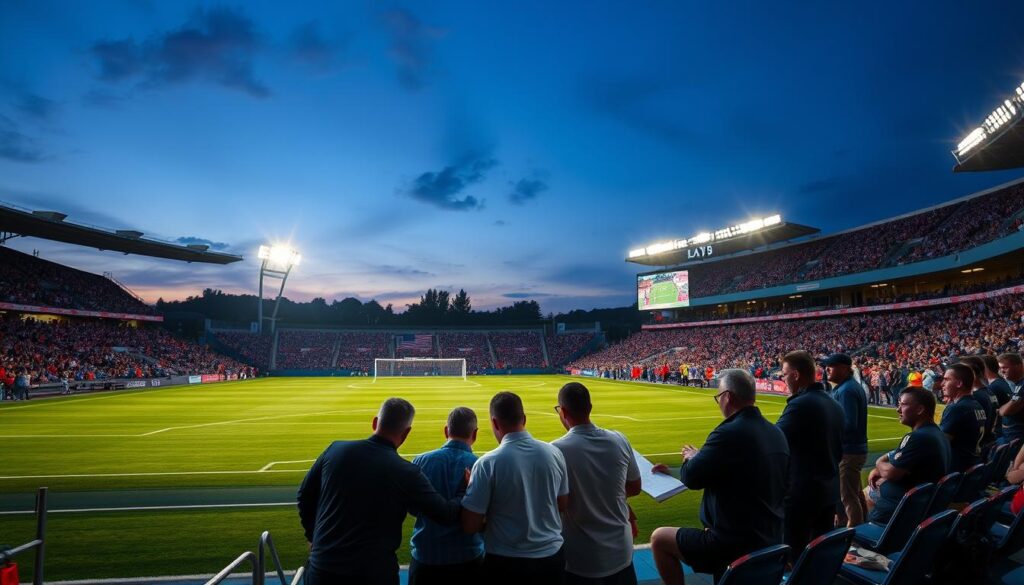
Expansion Plans and Financial Challenges
Clubs are navigating a complex environment where financial constraints meet ambitious growth goals. The USL Championship discussions highlight the need for sustainable investments to support expansion. For example, Paul McDonough, a key executive, emphasizes the importance of balancing growth with financial stability5.
Investment pressures are also influencing team strategies. Clubs are exploring innovative funding models to stay competitive. This includes partnerships and community-driven initiatives to ensure long-term success6.
Insights from Club Owners and Executives
Club owners and executives are at the forefront of these strategic shifts. Alec Papadakis, a prominent figure in the USL, highlights the importance of creating a competitive yet sustainable league structure. His vision focuses on nurturing talent and fostering fan engagement5.
These insights are shaping the future of the sport. By addressing financial challenges and embracing expansion, teams are setting the stage for a dynamic and competitive environment. For more on these developments, explore our year-round collegiate soccer initiative.
As the game evolves, these emerging trends are creating a more inclusive and exciting future for fans and players alike. Stay updated with the latest insights and strategies by visiting our soccer news hub.
MLS Versus USL: Rivalry and League Innovations
The rivalry between MLS and USL is shaping the future of the sport. Both leagues are pushing boundaries, but their approaches differ significantly. This section explores their operational models, investment challenges, and the impact on team performance.
Comparative Analysis of League Models
MLS and USL operate under distinct frameworks. MLS focuses on a single-entity structure, ensuring financial stability and centralized control. In contrast, USL adopts a more decentralized model, allowing clubs greater autonomy. This difference influences how teams strategize and compete7.
For example, MLS clubs benefit from higher revenue streams, with an average franchise value of $550 million. USL teams, however, face challenges in scaling stadium capacities and securing consistent funding7. These disparities highlight the varying levels of investment and their impact on league competitiveness.
Infrastructure and Investment Hurdles
Infrastructure development is a critical factor for both leagues. MLS clubs like the Portland Timbers have invested $85 million in stadium renovations, boosting local revenue7. USL teams, such as those in Spokane, are working toward new facilities set to open in 20268.
However, financial commitments remain a hurdle. USL clubs often struggle to match the investment levels of their MLS counterparts. This gap affects team performance and overall league growth. Addressing these challenges is essential for fostering a more competitive environment.
As both leagues continue to innovate, their rivalry is driving positive changes in the sport. By addressing infrastructure and investment hurdles, they are setting the stage for a dynamic future.
Impact of World Cup Legacy on Domestic Soccer
The legacy of the World Cup has left an indelible mark on the domestic game. The 1994 tournament, in particular, was a turning point, reshaping the trajectory of the sport in the United States. With a surplus of approximately $50 million, more than double the original projections, it demonstrated the financial potential of hosting such events9.
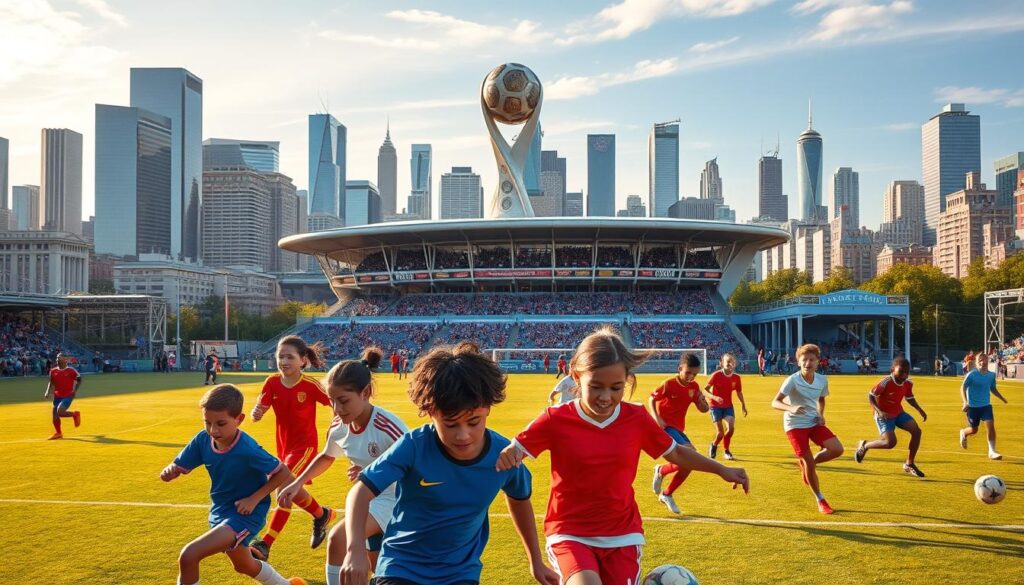
This historic event also laid the foundation for the emergence of a first-division league. The 1994 World Cup remains the best-attended tournament ever, showcasing the growing appetite for the sport among fans9. This enthusiasm translated into increased support for domestic leagues, driving their growth and development.
Historical Insights from 1994 and Beyond
Major international tournaments have consistently spurred domestic league growth. The 2026 World Cup, for example, will feature a record 48 teams and 80 games, compared to 24 teams and 64 games in 19949. This expansion reflects the increasing global influence of the sport and its ability to inspire local development.
Host cities for the 2026 tournament are spread across 16 locations in the U.S., Canada, and Mexico, with stadiums separated by as much as 3,500 miles9. This widespread hosting model aims to maximize fan engagement and leave a lasting legacy in each region. U.S. Soccer president Cindy Parlow Cone emphasizes the need to grow participation and fandom beyond just the host cities9.
By analyzing these historical insights, we can better understand how past events inform current strategies. The evolution of league structures and fan engagement initiatives continues to shape the future of the game. The World Cup’s legacy is not just about the tournament itself but also about the long-term impact it leaves on the sport’s growth.
Player Profiles and Injury Updates
Injuries and standout performances are shaping the dynamics of teams this season. We dive into the latest updates on key players, examining how their availability impacts overall team strategies.
Notable Performances and Setbacks
FC Dallas has seen significant changes in its roster, welcoming 17 new players during the offseason. Among them, Pedrinho stands out with 13 goals and 13 assists in the MLS NEXT Pro title-winning season10. Meanwhile, Diego Garcia set a club record as the youngest player to reach 50 appearances at just 18 years and 4 days old10.
However, injuries have also played a role in reshaping team dynamics. Alan Velasco’s transfer to Boca Juniors, the second-largest outgoing transfer in club history, highlights the impact of player movements10. Recovery strategies are now more critical than ever, as teams balance performance with player health.
Here’s a closer look at how recent injuries and performances are affecting key teams:
| Player | Team | Performance/Injury Update |
|---|---|---|
| Pedrinho | FC Dallas | 13 goals, 13 assists in MLS NEXT Pro10 |
| Alan Velasco | FC Dallas | Transferred to Boca Juniors10 |
| Diego Garcia | FC Dallas | Youngest to reach 50 appearances10 |
These updates underscore the importance of managing player fitness and recovery. Teams are investing in advanced strategies to ensure their rosters remain competitive throughout the season.
Key Figures Shaping the US Soccer Scene
The influence of key figures in the sport is reshaping strategies and fan engagement. From club executives to analysts, their insights are driving changes across the landscape. We explore the perspectives of these leaders and how their decisions impact the game.
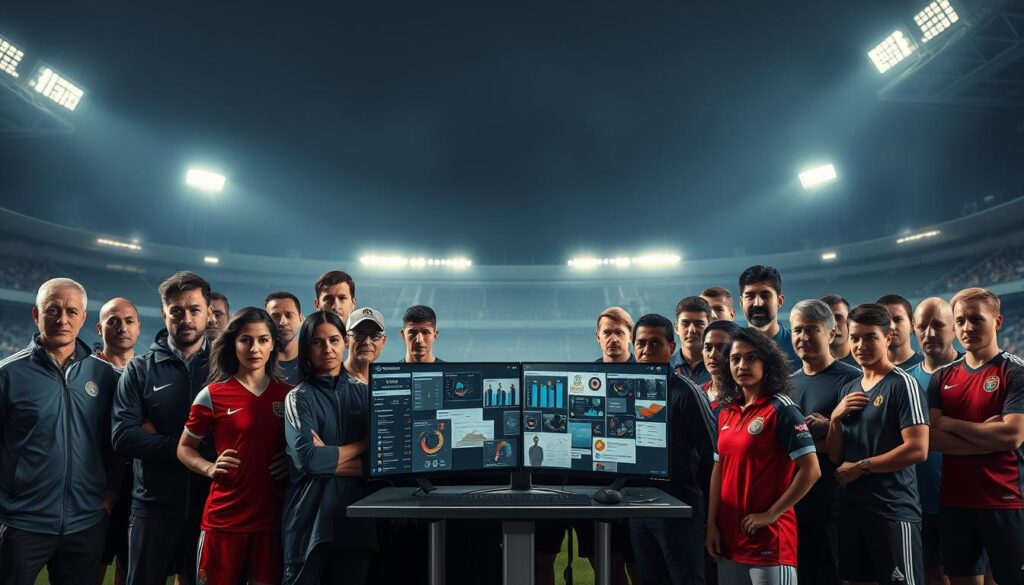
Expert Opinions and Insider Commentary
Industry leaders like Armchair Analyst Matt Doyle provide valuable insights into current trends. Doyle emphasizes the importance of balancing team dynamics with financial stability. His analysis highlights how clubs are adapting to new challenges and opportunities11.
Club executives also play a crucial role in shaping the future. Their focus on nurturing talent and enhancing fan experiences is transforming the sport. For example, the 2025 Club World Cup will feature 32 teams competing across 11 cities, showcasing the global appeal of the game12.
Voices from the Field
Players and coaches offer unique perspectives on the evolving landscape. Injuries, like those discussed in our Patrick Mahomes injury update, highlight the importance of recovery strategies. These setbacks can significantly impact player performance and overall team success.
Major tournaments, such as the World Cup, also shape opinions. The 2025 Club World Cup aims to boost MLS’s credibility on the global stage, with iconic venues like the Rose Bowl hosting matches11. This event serves as a precursor to the 2026 FIFA World Cup, further enhancing the sport’s profile in the region12.
Here’s a summary of key insights from industry leaders:
- Balancing team dynamics with financial stability is crucial.
- Major tournaments like the World Cup drive global engagement.
- Player injuries require advanced recovery strategies.
- Club executives are focused on talent development and fan experiences.
By understanding these perspectives, we gain a deeper appreciation for the factors shaping the sport. From expert analysis to on-field experiences, these voices are guiding the future of the game.
Inside the USL Championship and Prospects for a Second Division 1 League
The USL Championship is taking bold steps to redefine professional soccer in the United States. With plans to launch a new Division One men’s league, the USL aims to complete the three-tier professional system, offering a seamless pathway for clubs and players13. This ambitious move is driven by the growing momentum in soccer participation, fueled by global events like the 2026 FIFA World Cup and the 2028 Olympics13.
Meeting League Criteria and Market Expansion
To achieve Division One status, the USL must meet stringent criteria set by the U.S. Soccer Federation. This includes having at least 12 teams, with 75% located in metropolitan markets of over 1 million people, and stadiums with a minimum seating capacity of 15,00014. The league’s club-centric model prioritizes deep community ties, aiming to bring professional soccer to mid-sized cities and expand access to top-tier competition13.
Market expansion is a key focus, but it comes with financial and infrastructural risks. The USL’s strategy involves supporting player and club progression across all levels, ensuring high standards for play, operations, and fan engagement13. This approach is designed to create a sustainable and competitive environment for teams and fans alike.
Opportunities and Risks Ahead
The legacy of the World Cup presents both opportunities and challenges for the USL. The 2026 tournament is expected to boost interest and participation, providing a platform for the new Division One league to thrive13. However, scaling the league requires significant investment and careful planning to navigate potential hurdles.
Here are some key opportunities and risks:
- Opportunities: Expanding the domestic player pool, enhancing fan engagement, and strengthening the soccer ecosystem in the U.S13..
- Risks: Financial constraints, infrastructure development, and competition from established leagues like MLS14.
As the USL moves forward, its success will depend on balancing growth with stability. By addressing these challenges and leveraging the opportunities, the league can play a pivotal role in shaping the future of the sport. For more insights into the challenges faced by international sports leagues, visit our detailed analysis.
Spotlight on the National Women’s Soccer League
The National Women’s Soccer League continues to captivate fans with its dynamic shifts and emerging talent. This season, the league is making headlines with impactful transfers and strategic moves that are reshaping team dynamics. From rising stars to veteran leadership, the NWSL is setting new standards for excellence.
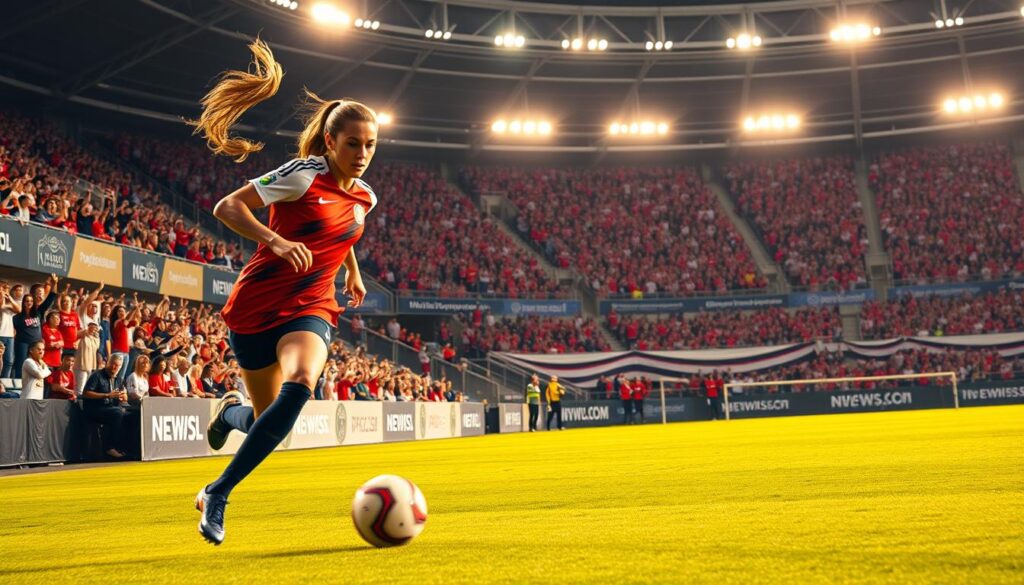
Impactful Transfers and Strategic Moves
Recent transfer activities have significantly influenced the competitive balance in the league. Players like Naomi Girma and Kerolin have made headlines with their moves, bringing fresh energy to their new teams. These strategic decisions are not just about strengthening rosters but also about fostering team chemistry and long-term success.
For example, Jaedyn Shaw’s transfer has been a game-changer, showcasing how bold decisions can transform a team’s performance. The NWSL on ION reached more than 20.5 million total unique viewers in its inaugural season, highlighting the league’s growing appeal15.
Rising Stars and Veteran Leadership
The league is also witnessing the rise of young talents who are making their mark alongside seasoned veterans. This blend of experience and fresh energy is creating a compelling narrative for fans. Players like Naomi Girma are not only excelling on the field but also inspiring the next generation of athletes.
However, injuries remain a challenge, affecting key players and overall team strategies. Recovery and fitness management are now more critical than ever, as teams strive to maintain their competitive edge. The NWSL on ION delivered over 3.6 million hours of viewing across free ad-supported television (FAST) channels, underscoring its widespread popularity16.
As the league evolves, these transformative moves and emerging talents are shaping a brighter future. For more insights into how rising stars are making an impact, explore our Women’s Rugby World Cup 2024 top feature.
On Soccer with Kevin Baxter: Behind the Scenes
Diving into the world of professional soccer, Kevin Baxter’s podcast offers unparalleled insights. His show, “Corner of the Galaxy,” provides a unique behind-the-scenes look at club updates, player stories, and the strategies shaping the game today.
Through exclusive interviews with players and club executives, the podcast reveals the personal and professional journeys that define the sport. These conversations shed light on the challenges and triumphs faced by teams, offering listeners a deeper understanding of team dynamics17.
Podcast Insights and Club Updates
One standout segment features Maya Yoshida, who led MLS in minutes played last season. Despite taking a pay cut to return to the Galaxy, his dedication remains unwavering18. This level of commitment is a recurring theme in Baxter’s interviews, highlighting the passion driving the sport.
The podcast also delves into the Galaxy’s recent performance, including their loss to San Diego FC, marking their first defeat at Dignity Health Sports Park in 22 games18. Such updates provide a comprehensive view of the challenges teams face, from roster changes to on-field strategies.
For more on how leagues are evolving, explore our analysis of the USL’s plans for a new Division One.
Conclusion
As we reflect on the dynamic changes in the sport, it’s clear that innovation and resilience are driving its future. The impact of historical events, such as the World Cup, continues to shape today’s landscape, inspiring both players and fans alike19.
From innovative team strategies to the unwavering determination of athletes, the sport is evolving in exciting ways. Leagues are adapting to market pressures while fostering deeper connections with their communities, creating a more inclusive environment for all.
We encourage you to stay engaged with these ongoing developments. For more insights, explore our coverage of the 2025 Lamar Hunt U.S. Open and discover how tradition meets innovation in this iconic tournament.
FAQ
How has the game culture evolved in the US in 2025?
The game culture in the US has grown significantly, with more fans engaging through digital platforms and local communities. Youth participation has also increased, driven by grassroots initiatives and school programs.
What are the latest innovations in US soccer leagues?
Leagues like MLS and USL have introduced advanced technologies, such as AI-driven analytics and enhanced fan experiences through virtual reality. These innovations aim to improve player performance and fan engagement.
How are team strategies changing in 2025?
Teams are focusing on data-driven strategies, incorporating sports science and analytics to optimize player performance. Tactical flexibility and squad depth are also key priorities for success.
What challenges do MLS and USL face in terms of infrastructure?
Both leagues are investing in modern stadiums and training facilities. However, securing funding and navigating regulatory hurdles remain significant challenges.
How has the World Cup legacy influenced domestic soccer?
The World Cup legacy has boosted interest and investment in domestic soccer. It has also inspired the development of youth academies and improved coaching standards across the country.
Are there any notable player injuries affecting teams in 2025?
Yes, several key players have faced injuries this season, impacting team performance. Clubs are prioritizing recovery programs to ensure players return to peak condition.
Who are the key figures shaping the US soccer scene?
Influential figures include league executives, coaches, and analysts like Kevin Baxter. Their insights and leadership are driving the growth and evolution of the sport.
What are the prospects for a second Division 1 league in the US?
Discussions are ongoing, with a focus on meeting league criteria and expanding market reach. While opportunities exist, financial and logistical risks must be carefully managed.
What’s new in the National Women’s Soccer League in 2025?
The NWSL has seen impactful transfers and strategic moves, with rising stars and veteran players shaping the league’s competitive landscape.
What insights does Kevin Baxter’s podcast offer?
Kevin Baxter’s podcast provides behind-the-scenes updates, expert commentary, and in-depth analysis of club strategies and player performances.
